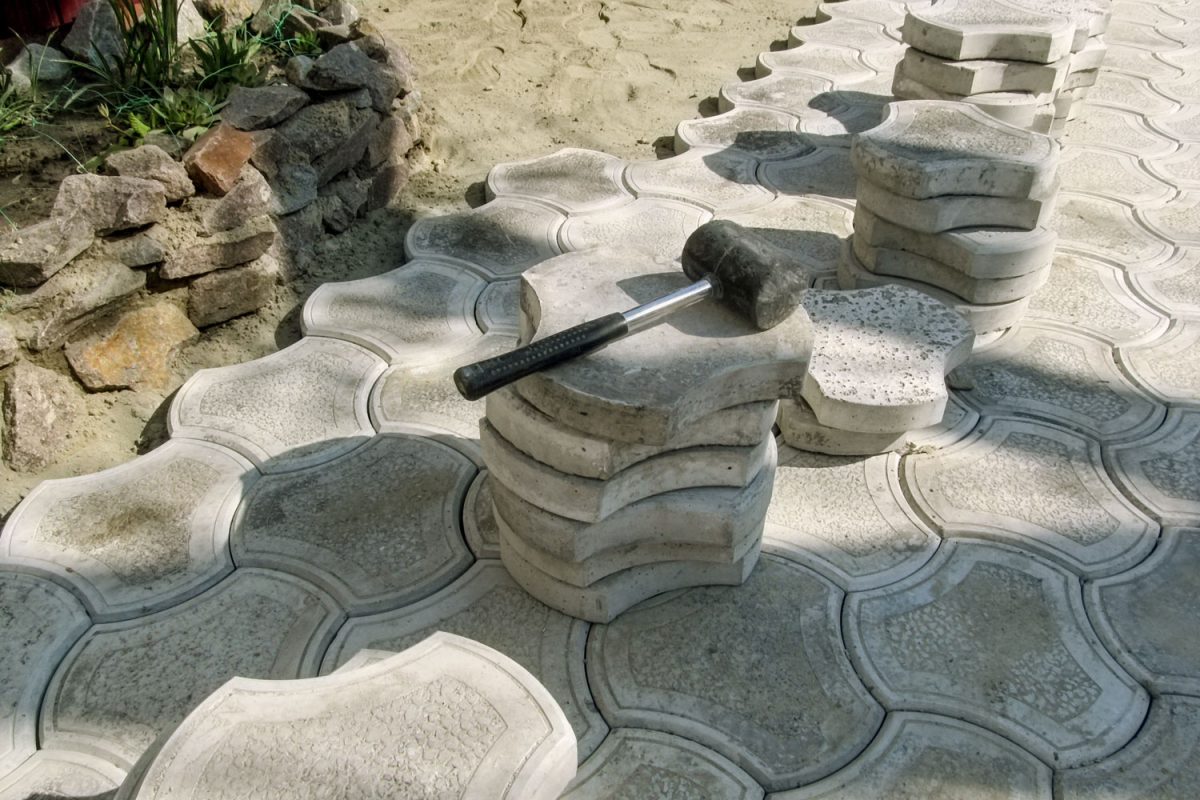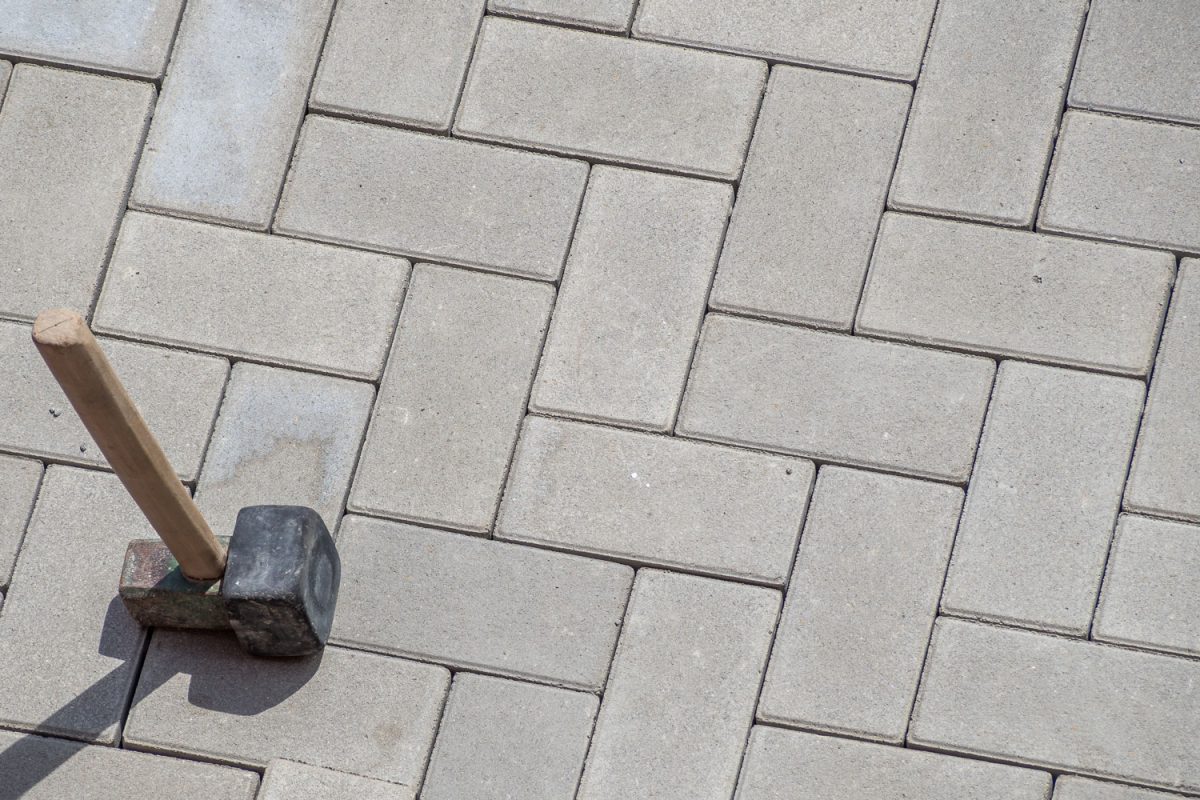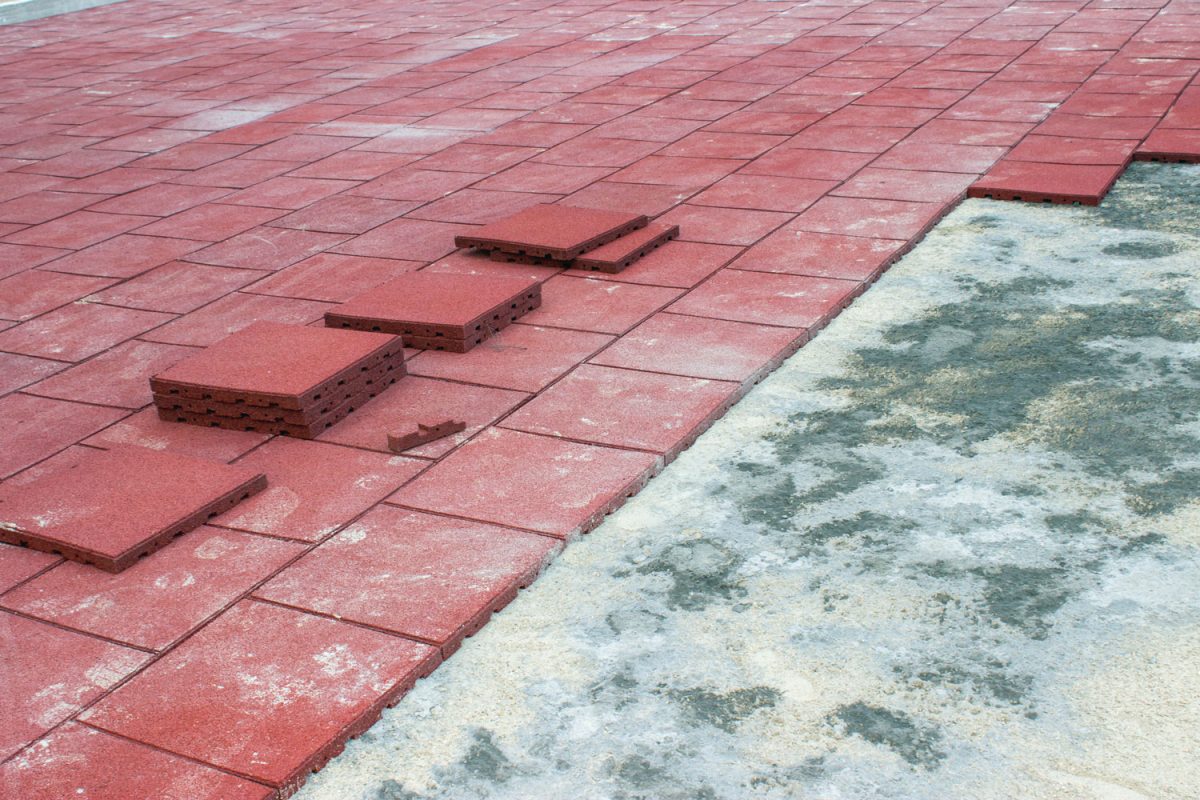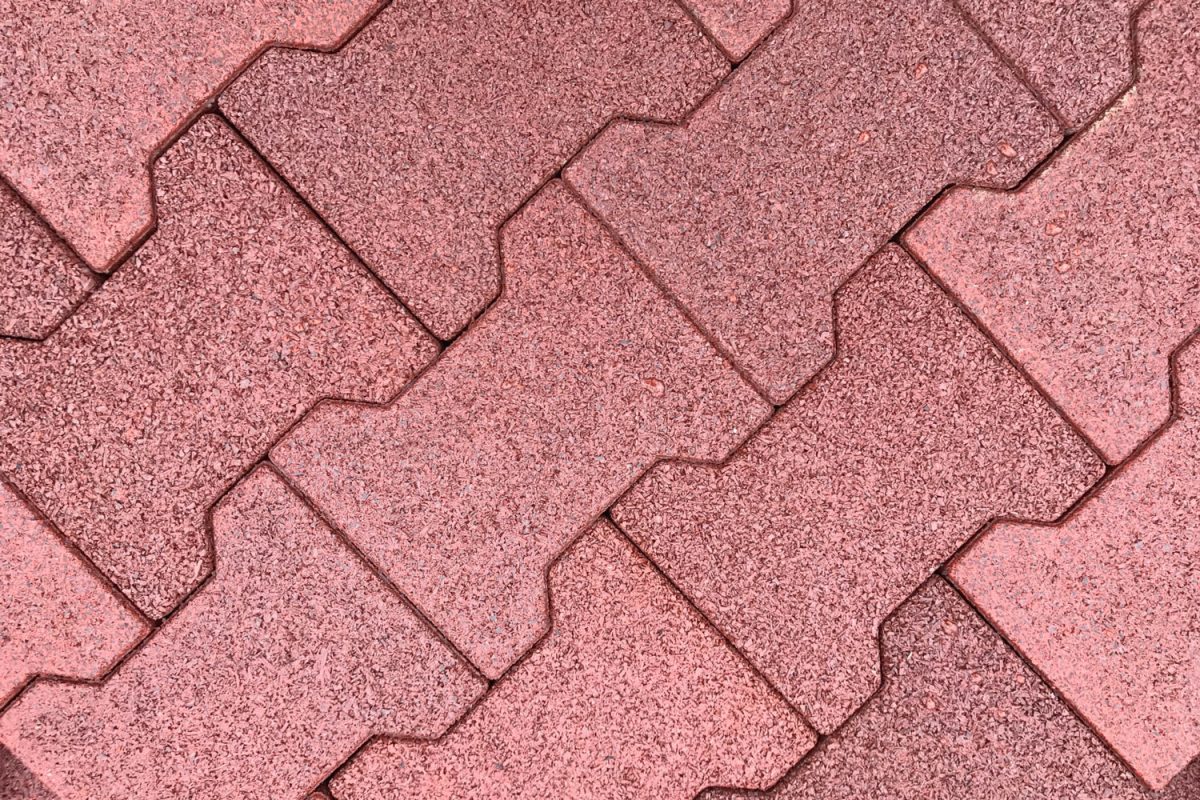Disclosure: We may get commissions for purchases made through links in this post.
Using technology, we can make functional, ergonomic, and beautiful products such as pavers made of rubber. You can rely on rubber pavers if you want to upgrade the aesthetic value of our property since these materials are noteworthy for being cheap and eco-friendly. Pavers made of rubber have become a popular choice for many homeowners as an alternative to brick, concrete, or stone paving materials -but can you install them on dirt? We've done the research to find out.
For rubber pavers, installation even on dirt is surely doable and hassle-free! Installing this type of pavers on dirt is practically easy with the following steps:
- Examine and measure the project site
- Prepare the project site
- Install the rubber pavers
Having decided to give your yard a nice, new, functional look using rubber pavers, you do not only help your community prevent more scrap tires from being dumped in landfills but also responsibly support the environment to lessen greenhouse gas production. In fact, in the USA alone, millions of tires are thrown away every year. So we've done the legwork for you, so you can start working on your next green project using these versatile and durable pavers. Stick around to know how to install rubber pavers on dirt!

Steps to Install Rubber Pavers on Dirt
1. Examine and measure the project site
Take measurements of the whole project site where you intend to install the pavers. This allows you to establish the number of pavers needed per square foot, including the cost of other materials. By examining the place, you will be able to think about the ideal colors, sizes, and patterns of the pavers depending on your design needs and preferences.
The basic tools needed are:
- a shovel,
- carpenter's level (aka spirit level),
- hand tamper,
- rubber mallet,
- broom,
- and hose.
2. Prepare the project site
A good, smooth, solid base must be a top priority when preparing to lay pavers on dirt. Excavate the area thoroughly, removing grass and weeds, according to the thickness of the pavers.
Ensure that the ground is flat and level using a hand tamper. It's also necessary to edge the area with a border of 4-inch by 6-inch treated boards.
You may also add some non-concrete layers, such as a crushed stone aggregate of 2 to 3-inch thickness, and construction sand of 2-inch thickness to make a permeable and firmer base. After adding the topmost layer, for example, sand, use the level and tamper again to make sure that it is spread evenly over the entire area.
3. Install the rubber pavers
When the base has already been set properly, start laying the pavers on the sand. Starting from one corner, following a line to the opposite corner, install the pavers while tapping their surface using a rubber mallet. This ensures that aligned pavers perfectly seat into the sand, preventing tripping. When placing the last few pavers that need trimming on the rows, use a utility knife to make them fit.
If you can notice any unevenness, lift the pavers to add or remove sand underneath. Apply another thin layer of sand on top of the pavers using a broom to make sure that all joints are filled in. Afterward, using a hose, spray the whole area with enough water to let the sand lodge in between joints. Lastly, let the surface dry until the spaces become compacted.
Should you choose not to allow spaces for sand in between pavers, tap them on the sides using a rubber mallet to make sure all of them are butting up against one another.
View this versatile and durable garden rubber paver on Amazon.
What Rubber Paver Patterns are Available?

Aside from being sturdy and easy to install and replace, rubber pavers come in different patterns to suit your needs. These patterns have been specially compiled here for your reference!
Herringbone
This pattern, installed at either a 45 or 90-degree interlocking pattern, provides the strongest and most ideal interlock, preventing the pavers from shifting due to high traffic.
Interlocking Dogbone
These pavers are super easy to use for being light, yet strong and wear-resistant.
Click here to view this interlocking dogbone paver pattern on Amazon.
Basketweave
This pattern consists of multiple horizontal strands and vertical strands that imitate a square pattern similar to woven baskets
Hexagon
Considering other available shapes such as hexagon rubber pavers can be very appealing for your outdoors. This pattern is water permeable, breathable, and non-slip even in the rain.
Click here to view hexagon rubber pavers on Amazon.
These patterns also come in different textures that mimick brick or concrete pavers. Another good thing about them is that you can easily replace a damaged paver without needing to move the adjacent ones.
Do you need adhesive for rubber pavers?

The use of adhesives in the process depends on the thickness of the pavers and the surface on which they will be laid. Thin pavers on concrete, wood, or stone are most likely installed with adhesives. Moreover, it's important to note that pavers will typically require an adhesive due to temperature variations. If not adhesives, interlocking metal pins can be used to secure thin and light pavers in place on the ground.
Are rubber pavers slippery when wet?
Manufactured from recycled tires, rubber pavers are ideal for home, business, and school hardscapes. Compared to concrete pavers, these products are more slip-resistant, wear-resistant, and shock-absorbent; thus, they are safe even when wet, especially for children and elderly people.
On top of that, these are practically indestructible, proving them to be maintenance-free and cost-efficient! Depending on the size of the project, the rubber paver installation on dirt can be finished in a day or two!
Can You Put Rubber Pavers on Concrete?

Homeowners like you most likely have an existing concrete patio, garage, or driveway that direly needs renovation. If you wish to revamp these areas, you can surely rely on rubber pavers! Similar to the requirements of laying rubber pavers on dirt, concrete surfaces should be clean and flat.
Though flat, a slope going away from the house needs to be constructed to avoid water build-up. When paving concrete surfaces, adhesives are a must and drainage has to be constructed around the concrete since there is no soil underneath the paver to absorb excess water.
Read more about putting pavers on concrete here.
How much are rubber pavers?
On average, rubber pavers can cost between $8 and $15 per square foot. Sizes, designs, and thickness, including labor, of course, can affect the total price. According to Greatmats, professional installation is priced between $10 to $20 per square foot.
Conclusion

Giving your home an outdoor makeover does not always have to use traditional paving materials such as bricks and concrete. This is especially true if you wish to actively take part in recycling materials such as used tires. Rubber pavers--environmentally friendly, durable, safe, and cost-effective in the long run--are getting more popular on the market. These pavers, in conclusion, can be laid on the ground easily and quickly, even without professional help.
If you find this article helpful, you might also be interested to know if weeds grow through permeable pavers.




![Vibrant Red Paver Stone Path, Can You Spray Paver Sealer? [How To Apply It]](https://pavingplatform.com/wp-content/uploads/2022/04/Vibrant-Red-Paver-Stone-Path-600x400.jpg)
![Properly laid out red pavers for a garden, Can You Tint Paver Sealer? [And How To]](https://pavingplatform.com/wp-content/uploads/2022/04/Properly-laid-out-red-pavers-for-a-garden-600x400.jpg)
